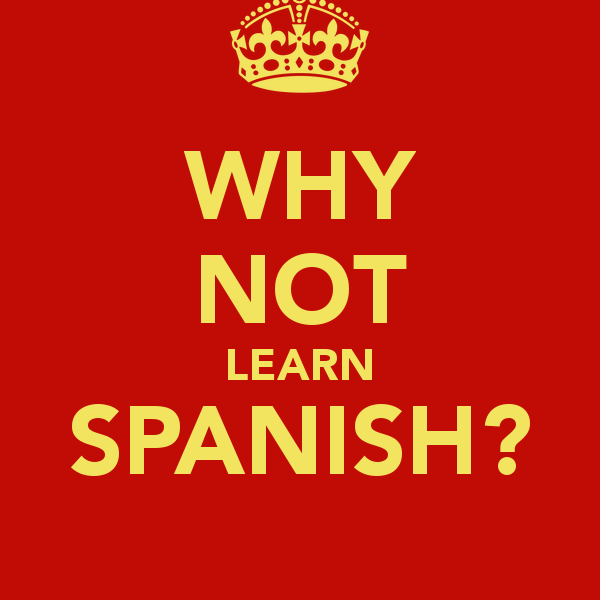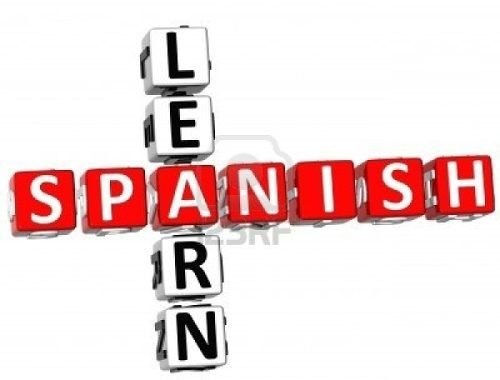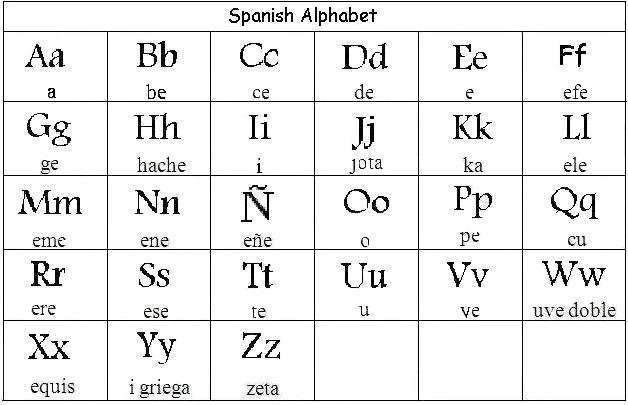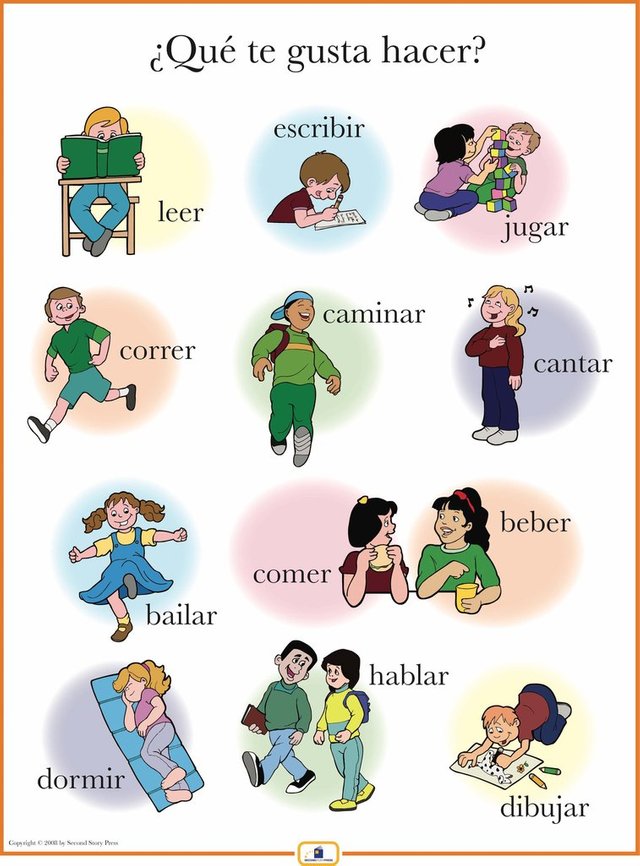How to prepare your first Spanish Lesson -Teaching Tips- @steemiteducation Contest!
Every Spanish course has a first class. This encounter is presented to the teacher, as a Blank sheet for a writer. It is the beginning of an uncertain road, without faces, without voices, without names. It is to stand (also to be seated) in front of a group of individuals, who most of the times are unknown to each other, who do not know the Spanish teacher. And they come with expectations of receiving the best. Aye!, you are the captain of this Ship that is about to sail ...
It is imperative that the first class be a very good class. The first impression is what counts.
The teacher must have many things in mind before this class. You must arrive very well prepared for it. Without exaggerating, a good part of the success of the Spanish course depends on this class.
Class Programming
As you can see, I always recommend preparing a course program and a class program. Obviously, this also applies to the first class.
The Preparation of the class will depend on several factors:
How many students or is it a particular class.
- What level of Spanish do they have?
- What reasons do students have for studying Spanish as a foreign language (if they live in a Spanish-speaking country, whether for work, recreation, interest or curiosity about the language, etc.)
- If the students know each other.
- If the students know the teacher.
- The average age of students.
- Sociocultural context of the students.
Apparently, many things have to be taken into account. But what should be included in the program?
Content for the first Spanish Class
The material will heavily depend on the above factors. As for the content or subjects themselves, I'd rather not start teaching too much. It is more important for me, at this stage, to meet the students, who know each other, to know me. Integrate the group, enter into confidence. This first class will serve me as a teacher to begin to learn more about the students. Knowing what each one wants, what are their difficulties, where other students prefer to sit. This class allows me to know them and this will be the objective of the activities. To this game of knowledge, I can add brush strokes of teaching the language. All together and in harmony should result in a student who goes home feels that the class was fun, dynamic and learned Spanish, moreover, not only learned but was easy, that is possible for them.
This point is very important, if there is something we should avoid is that the student leaves the first class with the feeling that Spanish is difficult, that it will cost them to learn. Let's leave this for later, every student goes through some kind of panic stage when they start, but if it happens at the beginning of the course, it is a catastrophe. This will be a student who will leave the course very soon. However, if this happens during the course, we will already know the student, he will trust us and we will surely find the tools to get him off this cliff in learning. But if it happens in the first class ...
First encounter with Spanish
Spanish Teachers must take into account that students are not a "tabula rasa" as far as Spanish. Today the language is very expanded and many languages
have words similar to Spanish. This is what you should weigh in class. The teacher must demonstrate to the student that he knows much more than they thought before reaching the class. Each country has words or concepts that have entered the culture. For example, The words sombrero, tequila are well known for the influence of Mexican restaurants.
In short, the teacher must be creative and include these words or concepts in their first class.
Breaking the ice
So the first class is about to begin. I usually arrive before and set the classroom. I add some Latin music, I write the word Welcome on the blackboard, I put posters or banners on the walls, etc.
Ten or five minutes before class, I introduce myself in the classroom and I receive the students. I try to remember their names by associating them with their faces. In classes with many students, I prepare labels beforehand with the names and as they arrive, I give them to be stuck in their clothes and recognize them. The issue of calling students by their names is a very important factor in the construction of the teacher-student relationship.
When the students have arrived, I introduce myself in Spanish. Easy words, then ask, also in Spanish, each student for their names. If you do not understand me the first time, I repeat the question, by also the example "Yo soy Edgardo, ¿Quien eres tu?". Surely the student will understand and respond. Then after this short presentation, I move to the native language of the students and introduce myself. I tell you who I am, what I do, what my titles are, years of experience, something short about me (I have no children ... or I like writing and reading). Then I ask each student to tell about themselves, what do they work, where do they live, why do they want to study Spanish and if they ever traveled to a Spanish-Speaking country.
This will last depending on the number of students, but even if I had many, I would spend enough time, I would not save time at this stage.
If it is a second course in Spanish or students with knowledge of the language, I usually do an activity or game that is related to the presentation and the mutual knowledge of the participants. This part will help me to know the level of each student in particular and the group as a whole. Only then do the individual presentation in front of the whole group.
This presentation serves me to break the ice and start to work. At this stage, I try to gain the confidence of the students.
If it is a particular class, the first encounter will be more difficult, as well as breaking the ice. I recommend using the first 15 minutes of the class to get to know each other, talk about the expectations of both the student and the teacher. From this start with a simple first presentation in Spanish. If it is a second level student or with previous knowledge, I try to make the presentation directly in Spanish and evaluate the level of the student to think if the activity/subject is relevant to continue the class.
It is obvious that the preparation of a particular class or group, when the level of the students is uncertain, is much more complicated. The teacher should prepare several possibilities after having basically corroborated, by phone, with the student or responsible for contracting the course, the level of the students.
It is important in the first class to give a good impression to the student. Show security, show them we know what we do. Give students place and time as active members of the class and to demonstrate "how much" they know, encourage them, not frustrate them with too much grammar but leave with the feeling they know much more now than before entering the class. Perform integration activities and above all leave you wanting much more.
Learn step by step to schedule the first lesson
The first Spanish Lesson is not easy, we have already spoken about that. This lesson can mark the continuation in the course or the abandonment of the student. That is why the teacher must dedicate a lot of effort to make good preparation. I want to share a planning model with you, don't miss it.
Initial level
Dialogue / presentation: Students, in groups or couples, will receive strips with parts of a presentation dialogue. Students should arrange the dialogue. Then, they should conduct the dialogue, replacing personal information with their own data. The teacher must submit a sheet with the vocabulary and its translation. It's like feeding them with teaspoon knowledge. They are given absolutely all the tools so that they can carry out the activity with success.
This activity assumes that students have a basic knowledge of the pronunciation of Latin letters (all students whose Latin languages
are Latin-based or have a good command of English or another Latin language)
Male or Female
I take some words from the dialogue and ask them if they think the word is feminine or masculine. I look for another word and ask the same thing. I try to get a rule with the students (I mean the rule of words ending with the letter "A" are feminine and those ending in "O" are male.) I ask students to say other words they know and think about whether they are female or male. We ended up going over the rule.
Integrative activity
After learning some Spanish grammar, I think of some activity where it may include group integration, a study of grammar and learning vocabulary, For example, each student must think an easy question to another student to be answered with Yes or No. For example: Is John married? Does Mary live in ... (a street or neighborhood). Dear teachers, do not worry about the lack of knowledge of the students of the language, if you worry about writing the vocabulary constantly on the board, as well as basic grammatical structures, students can only put the last piece of the puzzle ...
The Spanish Alphabet
I am very conservative in this and although it is a bit boring, I think it is very important to spend with the students at least once for the alphabet and the pronunciation of the letters. This presentation should be very dynamic and allow the constant participation of students. I also recommend preparing in advance a sheet with the alphabet, examples, and explanation so that students are focused on explaining and listening to sounds, rather than copying what the teacher writes on the board. Then you can do some game or activity where the teacher says a word and students should say if it is with j or with g (eye practice pronunciation, not spelling). For example the word "gato" or jamón".
The class can continue to teach students the plural and singular and other gender rules of Spanish. You can also teach numbers through games.
As I have said before, I do not think that much grammar and structures need to be taught in this class. You can finish with some well-known and easy song and recognize words that have been studied in class. The idea is not to start translating the whole song but to recognize words, practice pronunciation, review the genre and the number.
Intermediate or advanced level
According to my experience, in these types of courses, the teacher knows, more or less, what level students have. Knows whether they know the present, past and/or subjunctive.
Coherently with what is written in the article, I believe that we must use the knowledge of the students to carry out activities of integration and knowledge.
Breaking the Ice
Before introductions, I ask the students where the word "Bienvenido" comes from (which is written on the board). Then I move directly to an activity. I write on the board My name is Edgardo and I like Green. I write it on the board. I ask each student to do the same, to think and write in their notebooks a word that begins with the same letter as their names, but this word has some relation with them. After 10 minutes, I begin to ask the students and write a list of "names and surnames," on the board. Sometimes I stop and ask one of the students to say the first and last names of the students without looking at the list on the board. This activity is excellent for breaking the ice, serves to loosen up, to get acquainted, to learn the names of the students, they will learn the names of their peers. It will allow everyone to get to know each other a little. "I'm Steve and I like to go out." I know more about Steve.
Themes and Activities for the class
For this first class take some activity or review game. For example, an activity that passes on the verbs "ser and estar," practice of conjugations of the indicative, review of objects of direct or indirect complements, pronominal verbs. Each activity would end with a grammatical explanation of the subject, an explanation that would try to build with the students. I must clarify that carrying materials, does not mean to implement all of them in the class, I take what I think I might need because I am not sure, in this first class, of the level of knowledge of the students. It is important not to overload, with activities, or with explanations.
I usually bring to this class a current and controversial text or story to read and chat in class. Of course, it is fundamental to finish the class with a good song.



+are+either+male+or+female..jpg)



Will you Teach me to Spanish? All I know is spanglish.
Sure mate! Actually I'm going to do it here on Steemit. I'm making preparations.
Congratulations! This post has been upvoted from the communal account, @minnowsupport, by jonsnow1983 from the Minnow Support Project. It's a witness project run by aggroed, ausbitbank, teamsteem, theprophet0, and someguy123. The goal is to help Steemit grow by supporting Minnows and creating a social network. Please find us in the Peace, Abundance, and Liberty Network (PALnet) Discord Channel. It's a completely public and open space to all members of the Steemit community who voluntarily choose to be there.
If you like what we're doing please upvote this comment so we can continue to build the community account that's supporting all members.